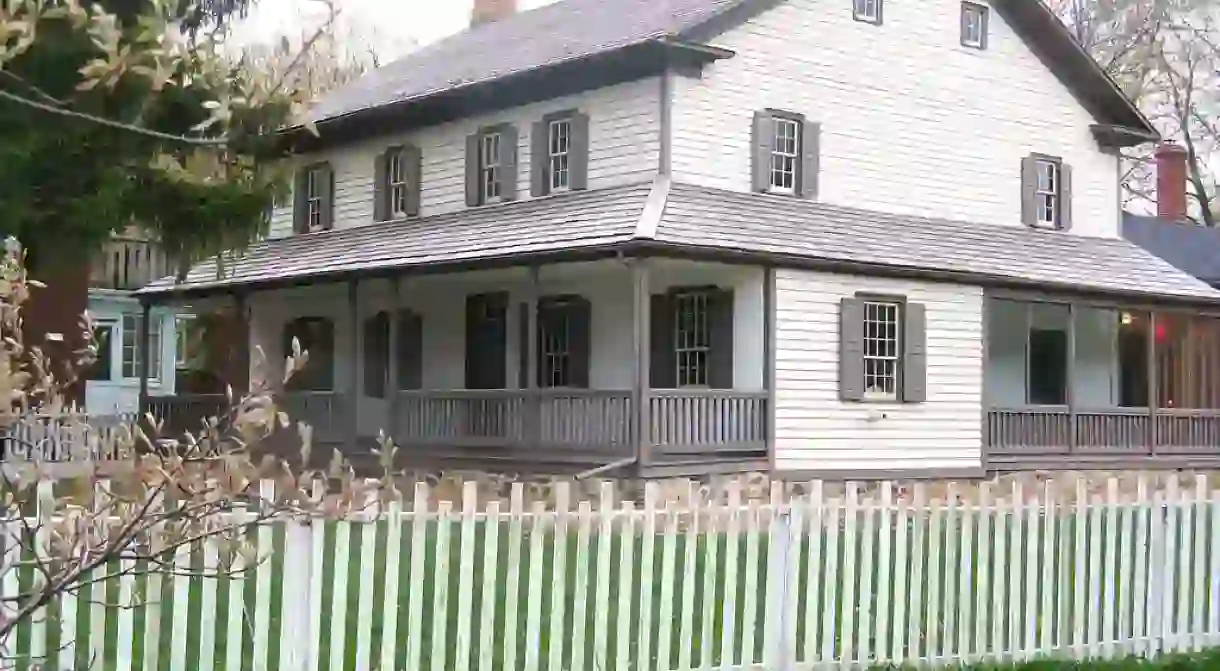The History Of Kitchener's Joseph Schneider Haus In 1 Minute

Whether it’s the annual Oktoberfest festivities, the availability of schnitzel, or the city’s former namesake of Berlin, the city of Kitchener, Ontario is known for its German roots. It’s not surprising, then, that some of the area’s earliest non-Aboriginal settlers were Pennsylvania-German Mennonites. Located in the heart of Downtown Kitchener stands the Joseph Schneider Haus: the city’s oldest home, a community museum, and a testament to Waterloo Region’s early Germanic culture.
Waterloo Region’s early Mennonite settlers arrived in the area through a series of trials and tribulations, including persecution and economic practicalities. A wave of North American migration occurred in the early 17th century when Mennonites fled the Netherlands and Germany because of religious persecution and discrimination. Many eventually settled in Pennsylvania, but when Pennsylvanian land became too scarce and expensive, families began to look northward.
The Waterloo-area land, known as Block Two of the Grand River land grant, had been acquired by The German Company. The German Company then sold plots of land to farmers south of the (current) border, including the Schneiders. The Schneiders, along with a large group of Pennsylvania-German Mennonites from Lancaster County, Pennsylvania, made the trip to Southern Ontario (in a covered wagon, no less) in the early 19th century. While the majority of the area’s early settlers were farmers, others were tradesmen or millers.
What is now known as the ‘Joseph Schneider Haus’ belonged to Joseph Schneider and his family.

The Schneider Haus is now a living history museum, serving as a living recreation of what life was like in Ontario in the 1850s. While the original homestead dates back to 1816, the museum is specifically interpreted as the year 1856. The museum, committed to collecting, preserving, researching, and exhibiting buildings and objects relating to the lives of the Schneiders, encourages the study and appreciation of Ontario’s Germanic culture.
The house, which was designated a National Historic Site of Canada in 1999, is open between mid-February and December. Visitors can explore the Haus from top to bottom, including bedrooms, kitchen with wood-burning stove, and attic and cellar. The museum also interprets the Haus’s exterior, including a traditional four-square kitchen garden, wash house, and bake house.
📅 Opening hours vary seasonally; check the Museum’s website for complete details to plan your visit.













